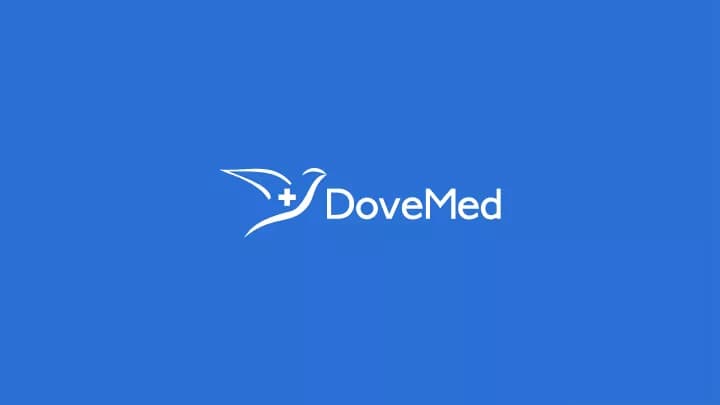
Acute Arterial Occlusion: Causes, Symptoms, Diagnosis, and Treatment
Introduction:
Acute arterial occlusion is a medical emergency that occurs when a blood vessel that supplies blood to an organ or tissue becomes blocked, cutting off the blood supply and causing tissue damage. In this article, we will discuss the causes, symptoms, diagnosis, and treatment of acute arterial occlusion.
Causes of Acute Arterial Occlusion:
Acute arterial occlusion may be caused by various medical conditions, including:
- Atherosclerosis, a condition where plaque buildup in the arteries narrows the blood vessels
- Blood clots or emboli that travel from other parts of the body and block the arteries
- Trauma or injury that damages the arteries
Symptoms of Acute Arterial Occlusion:
The symptoms of acute arterial occlusion may vary depending on the location and severity of the condition, but they may include:
- Sudden, severe pain in the affected limb or organ
- Coldness, numbness, or tingling in the affected limb or organ
- Weakness or paralysis in the affected limb or organ
- Pale or blue skin color in the affected limb or organ
- Rapid heartbeat or palpitations
- Nausea or vomiting
Diagnosis of Acute Arterial Occlusion:
Acute arterial occlusion requires prompt medical evaluation and diagnosis. Diagnosis may involve a physical examination, medical history review, and various diagnostic tests, including:
- Imaging tests, such as computed tomography (CT) scan, magnetic resonance imaging (MRI), or ultrasound, to check for arterial blockages
- Blood tests to check for signs of inflammation or infection
- Angiogram, a procedure where dye is injected into the arteries to check for blockages
Treatment of Acute Arterial Occlusion:
The treatment of acute arterial occlusion depends on the underlying cause and severity of the condition. Treatment options may include:
- Surgery to remove the arterial blockage or bypass the blocked artery
- Medications to dissolve blood clots or prevent further clot formation
- Pain relievers and anti-inflammatory medications to manage symptoms
Prevention of Acute Arterial Occlusion:
Preventing acute arterial occlusion involves maintaining good cardiovascular health by managing underlying medical conditions, such as high blood pressure and diabetes, and avoiding risk factors, such as smoking and a sedentary lifestyle.
Conclusion:
Acute arterial occlusion is a medical emergency that requires prompt medical evaluation and diagnosis. Diagnosis may involve a physical examination, medical history review, and various diagnostic tests. Treatment options depend on the underlying cause and severity of the condition, and may include surgery, medications, and pain management. Preventive measures involve maintaining good cardiovascular health and avoiding risk factors.
Hashtags: #AcuteArterialOcclusion #Atherosclerosis #BloodClots #Emboli #ImagingTests #Angiogram #PreventiveMeasures
Related Articles
Test Your Knowledge
Asked by users
Related Centers
Related Specialties
Related Physicians
Related Procedures
Related Resources
Join DoveHubs
and connect with fellow professionals



0 Comments
Please log in to post a comment.